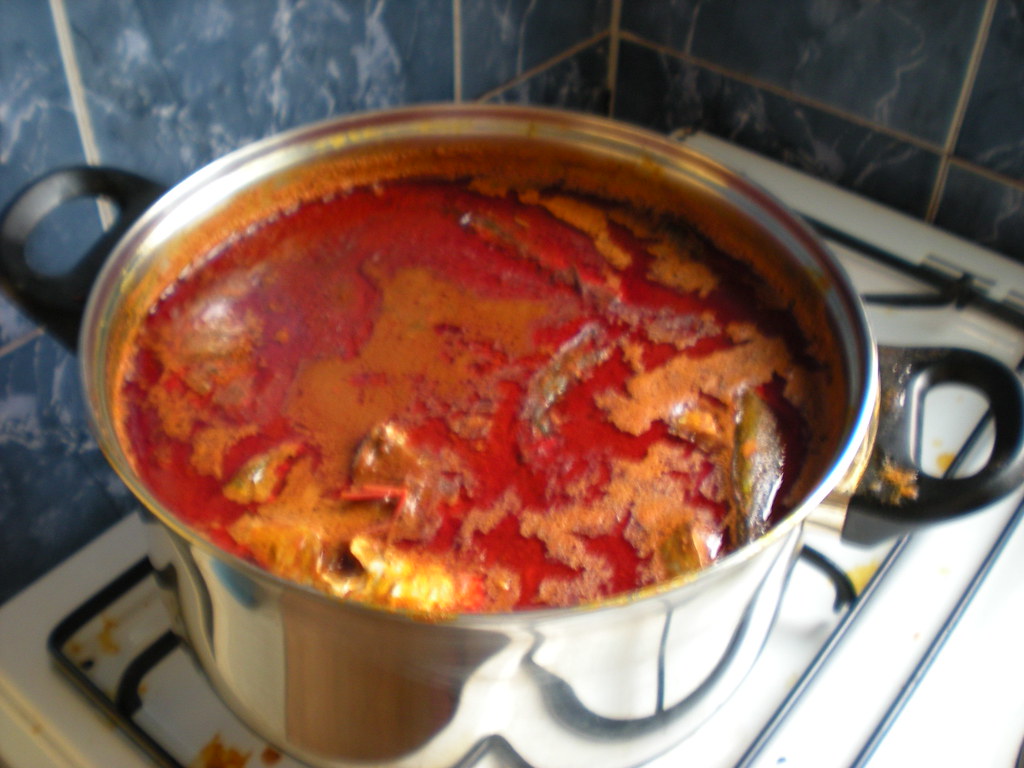Palm nut soup is a delicious and popular dish enjoyed in Ghana and other West African countries. It is a flavorful and hearty soup made from the pulp of palm fruits, which gives it a distinct and rich taste.
To prepare palm nut soup, the palm fruits are boiled and then pounded or blended to extract the thick, reddish-orange pulp. The pulp is then strained to remove any fibrous materials, leaving behind a smooth and creamy base for the soup.
Depending on the cook’s preferences, the soup may be cooked with a variety of components, such as meat, fish, or vegetables. Fish, seafood like shrimp or crab, poultry, beef, goat meat, and other meats are popular options. In order to let the flavors of these proteins permeate the palm nut foundation, they are added to the soup and cooked until soft.

The flavor of palm nut soup can be improved by adding vegetables and spices. Tomatoes, onions, garlic, ginger, and chili peppers are common additives. These components give the soup a delightful tanginess, a touch of heat, and a depth of flavor.

Palm nut soup is often enjoyed with a side of fufu, banku, or rice. Fufu, a staple food made from pounded cassava and plantains or yams, is a traditional accompaniment that complements the soup perfectly. Fufu’s soft, dough-like texture allows it to be dipped into the soup and absorb its tastes, resulting in a delicious combination.
The powerful tastes and thick, creamy texture of palm nut soup make it a warming, substantial dish. As it is frequently cooked for special occasions, parties, or is just a favorite comfort food, it is a dish that unites families and communities.
Not only is palm nut soup a delectable culinary treat, but it also represents ethnic identity and legacy. Its preparation and consumption are firmly ingrained in Ghanaian culture and represent the country’s varied and savoury cuisine.
If you ever get the chance to experience palm nut soup, prepare ready for a flavorful combination of the earthy sweetness of palm fruits with savory meats or veggies and a hint of spice. It is a dish that perfectly captures the coziness, opulence, and culinary brilliance of Ghanaian cuisine.



